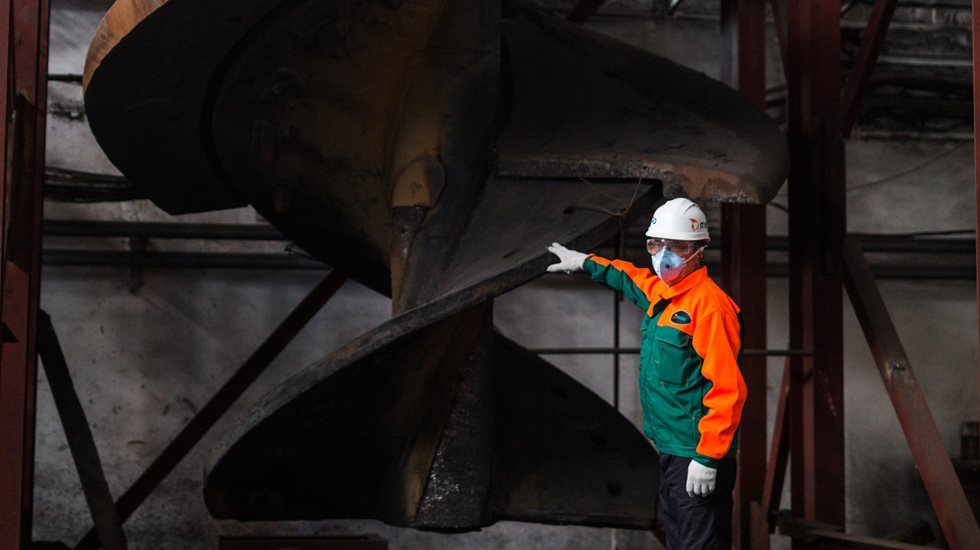One of our customers had a circuit running already but needed to add energy to fine grinding in order to capture the full value of the ore they were mining. By adding a VTM-3000 their overall specific energy consumption increased, which normally would mean that the circuit was more inefficient. However, in this case their operating work index actually dropped. This was a successful application of the Vertimill technology from both an energy efficiency and value recovery points of view.
Also, the installation of two Vertimills at another customer’s site in New South Wales, Australia is a great example. The mine was going deeper and the ore was getting harder. In order to maintain throughput, a VTM1250 was installed semi-parallel with the existing ball mill circuit. The VTM1250 accepted undersize from a new screen installed on a portion of the ball mill circuit’s hydrocyclone underflow. This allowed the ball mill to focus on coarser material while the Vertimill finished the grind on the finer material. The second Vertimill was the world’s first VTM3000, installed as a tertiary grind to reduce product size reporting to flotation. The net result of this installation was a 2-4% increase in flotation recovery.
In Peru upgrade kits were used to upgrade the Metso MP1000’s to MP1250 -equivalent machines. The Metso crusher upgrade kits were a cost-effective way of achieving an increase in capacity without spending money on the installation and commissioning of new equipment.
One more important refit that has proven itself numerous times is replacing cyclones with a fine screen. Cyclones are often not the most efficient classifiers since separation is affected by the specific gravity of the particles and other hydrodynamic properties. Their use became widespread in the 50’s due to their small footprint and relatively low maintenance requirements. Today, fine screens provide a much sharper separation, since they only separate based on particle size. This means that an efficiently operating fine screen has much less by-pass and therefore a lower recirculating load. The lower recirculating load means that the mill is able to process more new feed for the same mill power consumption. Metso’s fine screens have a considerable advantage compared to most as they are stacked to minimize their footprint.

